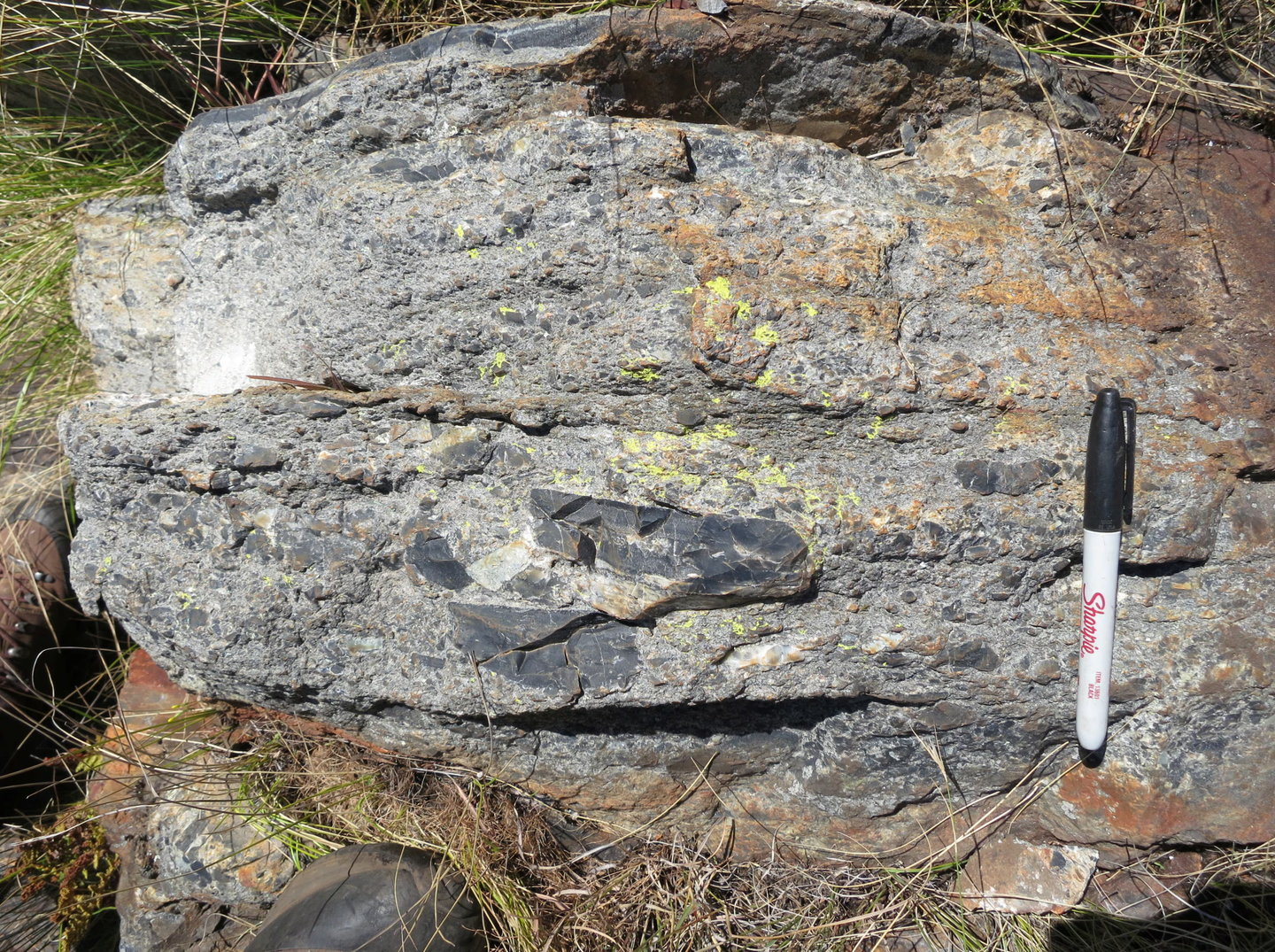China launches world’s first early morning weather and climate monitoring satellite
FY-3E is roughly the size of a pick-up truck and will cover the gap of coverage by existing satellites — approximately 20% of the globe.

[Sept 23, 2021: Institute of Atmispheric Physics, Chinese Academy of Sciences]
A new meteorological satellite, called Fengyun-3E (FY-3E), is crossing the early morning sky, observing and collecting data about the weather, climate and more. Launched by China on July 5, the satellite joined those operated by Europe and the United States orbiting the Earth’s poles. FY-3E is roughly the size of a pick-up truck and will cover the gap of coverage by existing satellites — approximately 20% of the globe.
Researchers from the Innovation Center for Fengyun Meteorological Satellite, a part of the National Satellite Meteorological Center in the China Meteorological Administration, published a description of FY-3E and its mission on Sept. 13 in Advances in Atmospheric Sciences.
“The polar-orbiting metrological satellite is extremely important to global numerical weather prediction models (NWP),” said first author Peng Zhang, referring to the mathematical models of the Earth’s seas and atmosphere used to forecast future weather or climate changes. “The current global NWP model assimilates satellite observations at six-hour intervals.”
The existing satellites cross the equator at the same local solar time every day in a north-south ellipse. The mid-morning satellites cross at 10 a.m., while the afternoon satellites cross at 2 p.m. FY-3E crosses at 6 a.m. Since the satellites move in a loop around the globe, they pass the equator twice on opposite sides during a revolution, resulting in a total of six measurements about every four hours.
The first FY-3E image of the solar extreme ultraviolet. (Credit: National Satellite Meteorological Center, China Meteorological Administration)
“The baseline configuration of the core polar operational constellation has evolved from a two-orbit system (mid-morning and afternoon orbits) to a three-orbit system (early-morning, mid-morning and afternoon orbits) following the World Meteorological Organization’s “‘vision for global observing systems in 2025,’” Zhang said. “The early morning satellites are expected to work synergistically with the mid-morning and afternoon satellites to provide 100% global data coverage to increase the forecast accuracy on both hemispheric and regional scales.”
FY-3E has 11 instruments on board to make observations about cloud, radiation, sea and land surface, the atmosphere and space weather. Currently in a six-month testing period, the first images by FY-3E images were released on Sept. 2, and more data is planned for release at the end of the month, followed by more in October. Once the testing period is completed (expected in January 2022), all the data will be publicly available online.
“FY-3E is of particular significance at the international level,” Zhang said. “As the primary satellite provider in the early morning orbit, China shares a global responsibility with Europe in the mid-morning orbit observations and with the United State in the afternoon-orbit observations.”
Like these kind of feel good stories? Get the Brighter Side of News' newsletter.
Tags: #New_Innovations, #Weather, #Climate, #Satellite, #Green_Good_News, #The_Brighter_Side_of_News
Joshua Shavit
Science & Technology Writer | AI and Robotics Reporter
Joshua Shavit is a Los Angeles-based science and technology writer with a passion for exploring the breakthroughs shaping the future. As a contributor to The Brighter Side of News, he focuses on positive and transformative advancements in AI, technology, physics, engineering, robotics and space science. Joshua is currently working towards a Bachelor of Science in Business Administration at the University of California, Berkeley. He combines his academic background with a talent for storytelling, making complex scientific discoveries engaging and accessible. His work highlights the innovators behind the ideas, bringing readers closer to the people driving progress.



